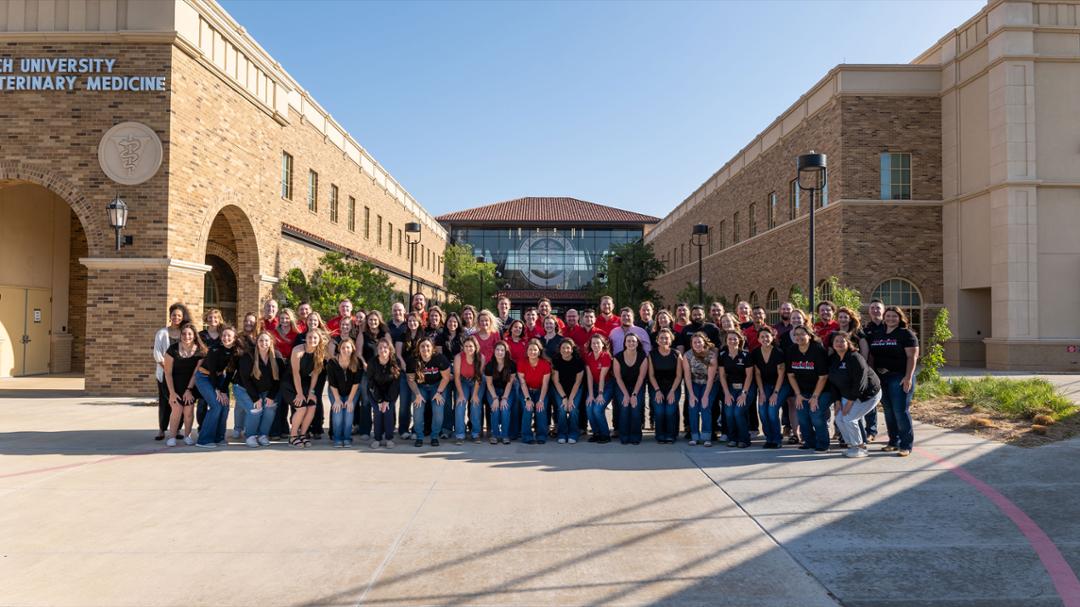The majority of Texas Tech’s 61 graduates will provide care for small, mixed and large animals in rural and regional communities throughout Texas and New Mexico.
When Texas Tech University established the School of Veterinary Medicine in 2018, it was with a purpose to serve rural and regional communities across Texas and New Mexico that have limited access to veterinary services.
As the 61 members of the inaugural graduating class cross the stage this Sunday to earn the first Doctor of Veterinary Medicine degrees issued by Texas Tech, 95% will go on to meet this need. In fact, nearly half the class have accepted jobs that will fill veterinary shortages west of I-35.
“Getting these students plugged into a practice that you know has needed a veterinarian for a long time is really rewarding,” said Dr. Britt Conklin, associate dean for clinical programs. “That is much more fulfilling than being a large assembly line, mass producing students. We’re fitting these graduates into positions where they need to go.”
Conklin led a team who developed the clinical year, which deviated from the traditional teaching hospital used by other veterinary schools. Instead, beginning in May 2024, the students rotated through 10 four-week blocks out of more than 125 practice partners across Texas and New Mexico.
The result was nearly 70% of the graduates were hired by the practice partners where they worked, negotiating higher salaries as they enter the workforce day-one ready.
“They’re going to add value in a hurry, so it’s been exciting to see how good they’re being treated in the offers and the positions they’re earning,” Conklin said. “All of the students’ communication and professional skills far exceeded expectations. Our practice partners were looking for a different type of product, and that’s what we’re producing – especially within rural and regional communities. The responses have been overwhelmingly good and they want to see more and more of that product as we move forward.”
Here is a look at several positions accepted by the pioneers of the inaugural graduating class.
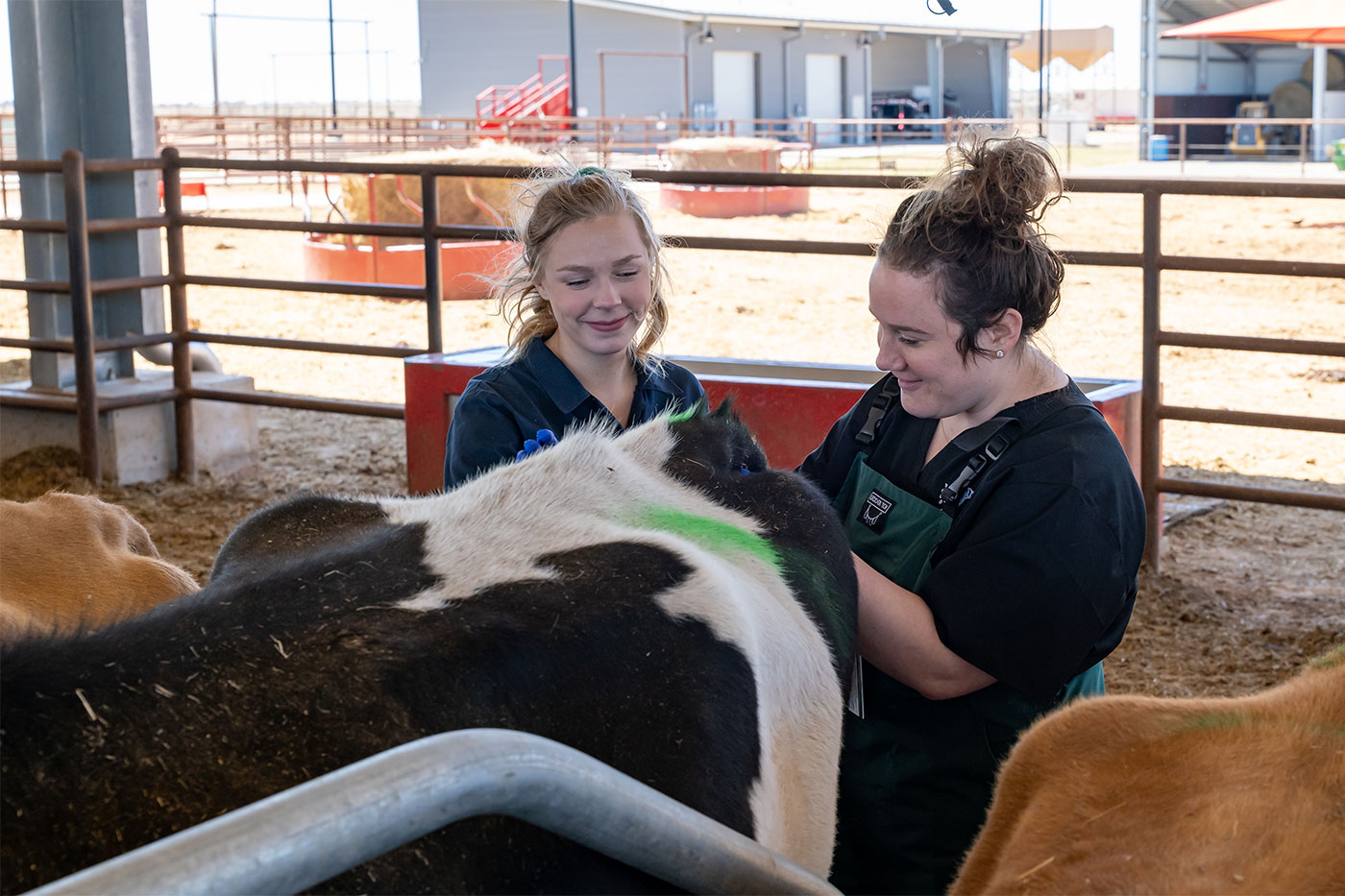
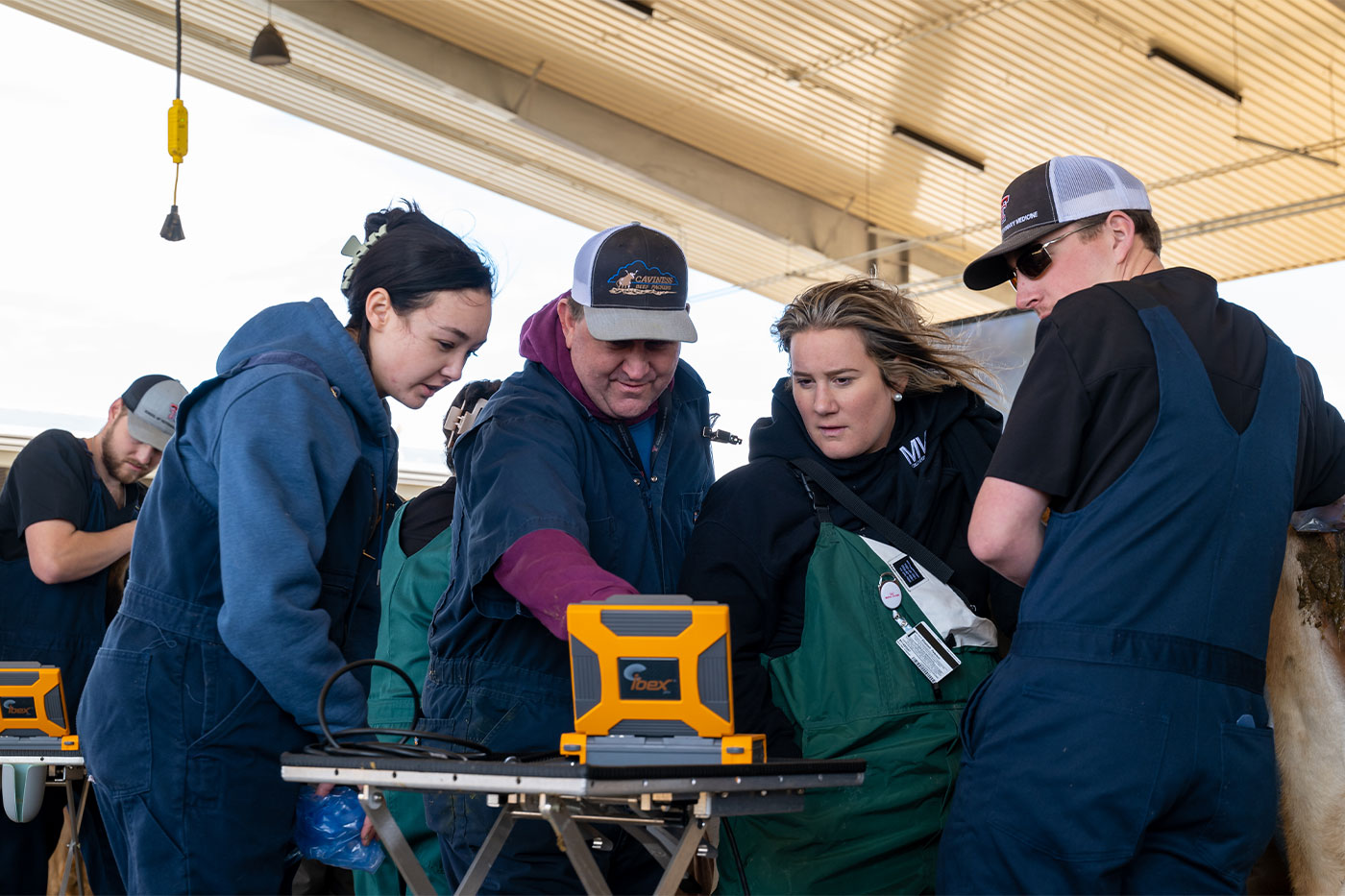

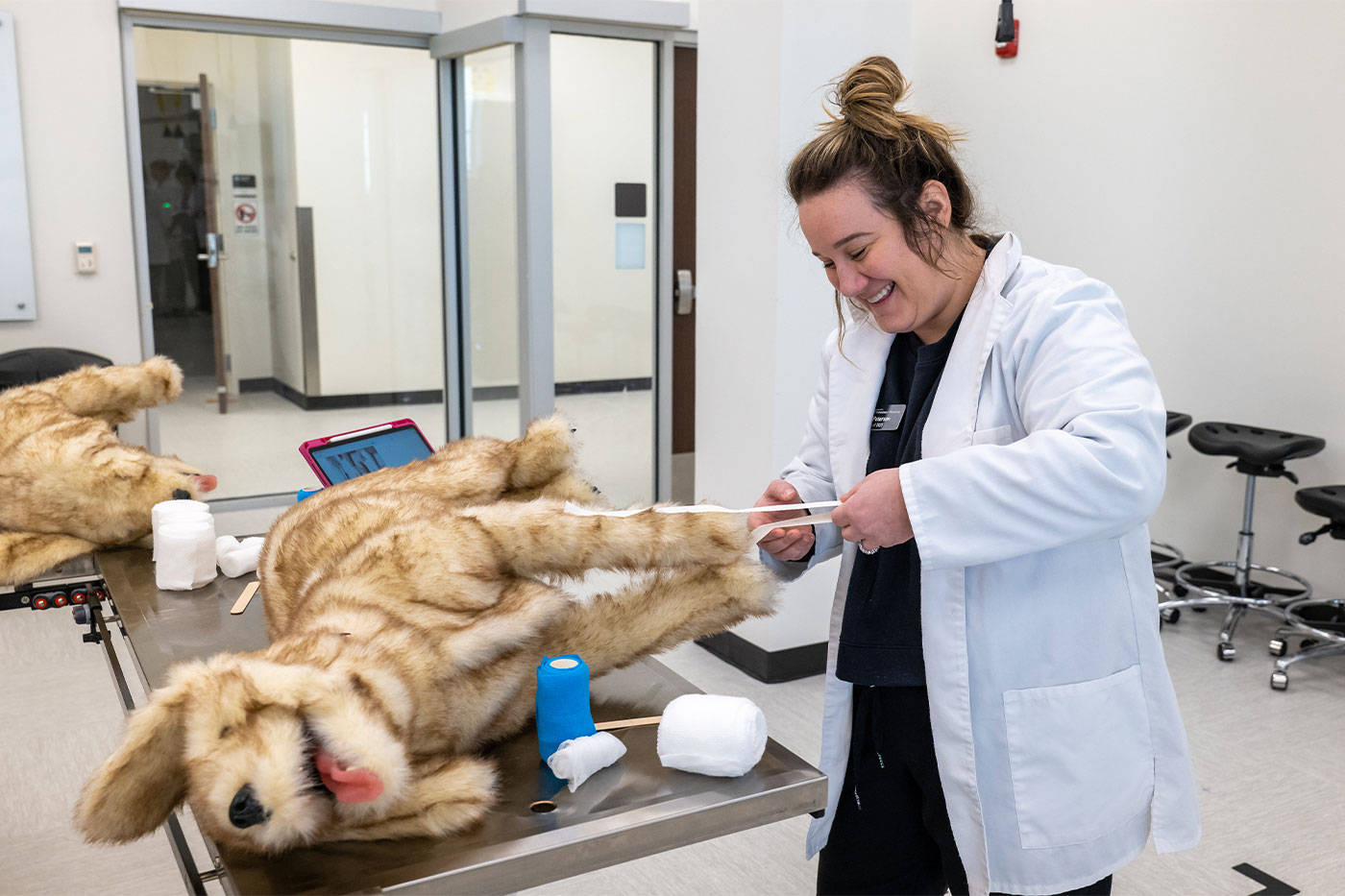
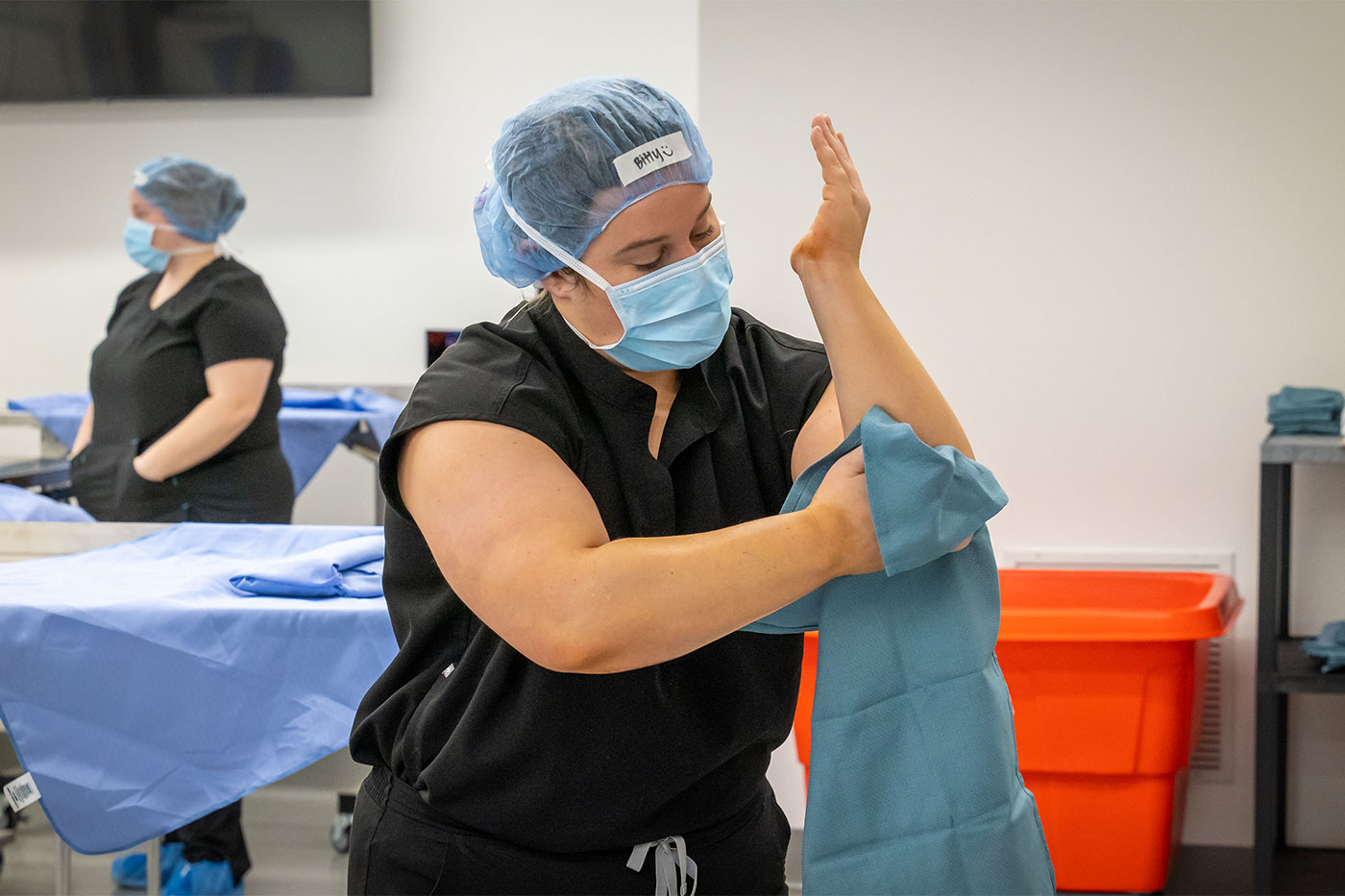
Production Animal
Elizabeth Peterson will work at Hereford Veterinary Clinic, which she calls “the place to be” for someone who aspires to work in feedlot medicine.
“My goal as a veterinarian is to show each sector of the industry how we can work together, because we all have the same goal in mind,” she said. “There are more cattle in the Texas Panhandle than there are people, and I’m hoping as I spend more time here, I can use my previous experience in the beef packing industry to help close that gap between the veterinarians and the ranchers and feedlot owners.”
Peterson plans to put her best foot forward by being involved in research and working with the Texas Cattle Feeders Association and the Animal Health Commission. She also will serve as a mentor for School of Veterinary Medicine students as a practice partner.
She was one of many fourth-year students who got to utilize the Hereford Veterinary Clinic Instructional Center of Excellence, built to give fourth-year veterinary students a realistic food animal caseload while still under the supervision of faculty. Getting to train students as Dr. Peterson will be a full-circle moment for her.
“Texas Tech has made it a priority to select students specifically who are going to go back to these communities, which is a big deal,” she said. “They’re picking students like myself who are not going to stray from our goal and what we said we were going to do.”
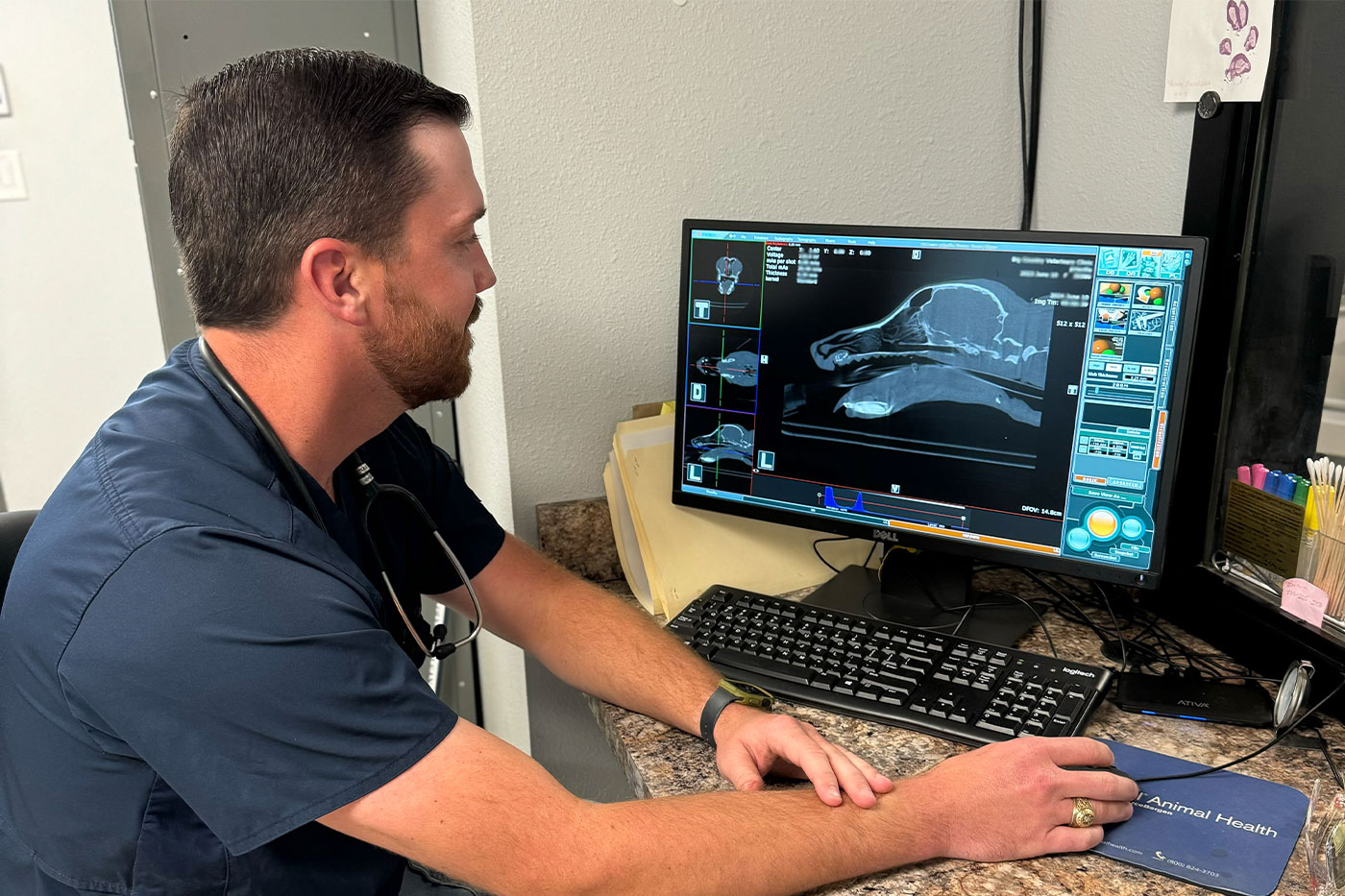
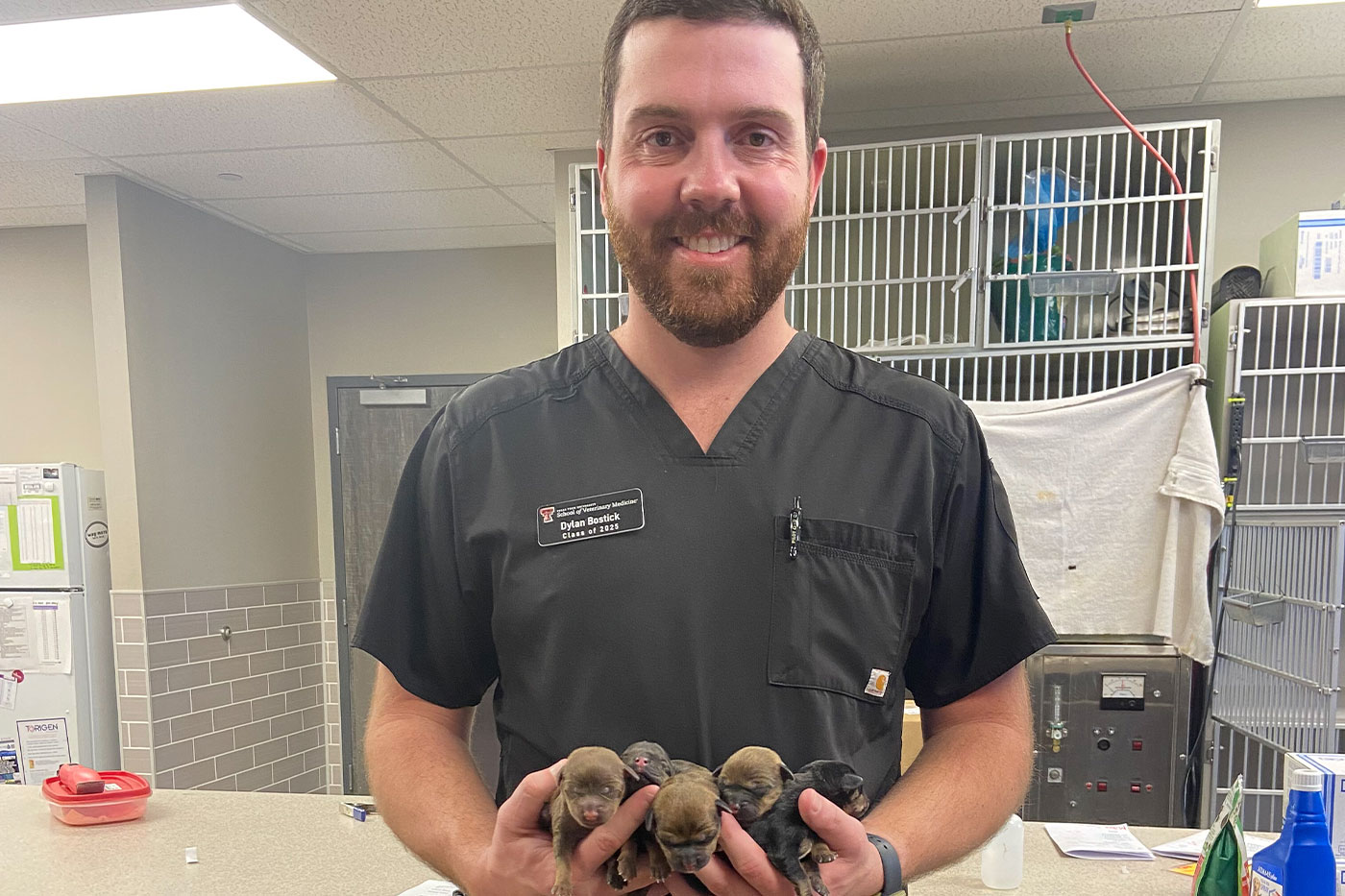
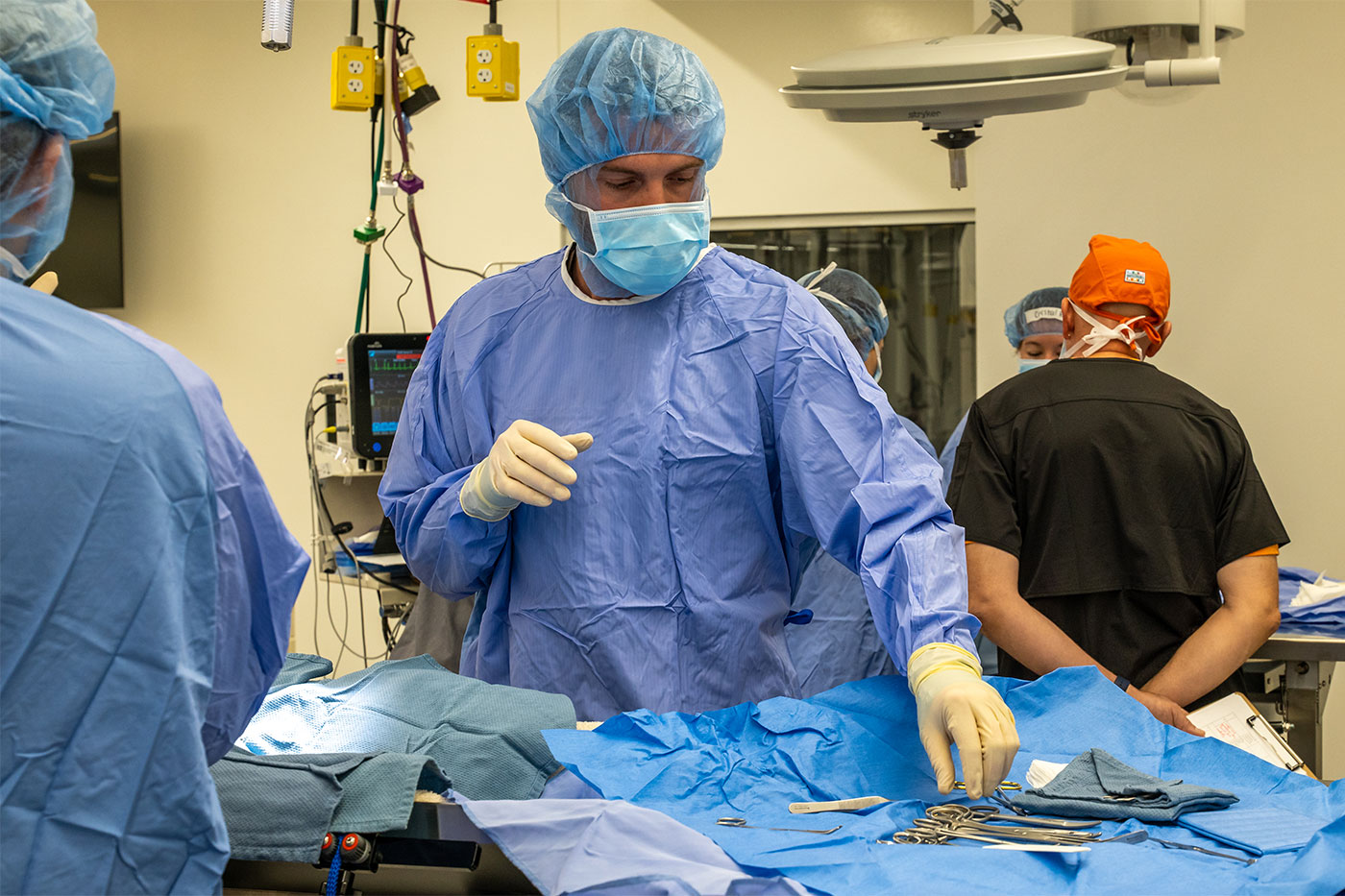
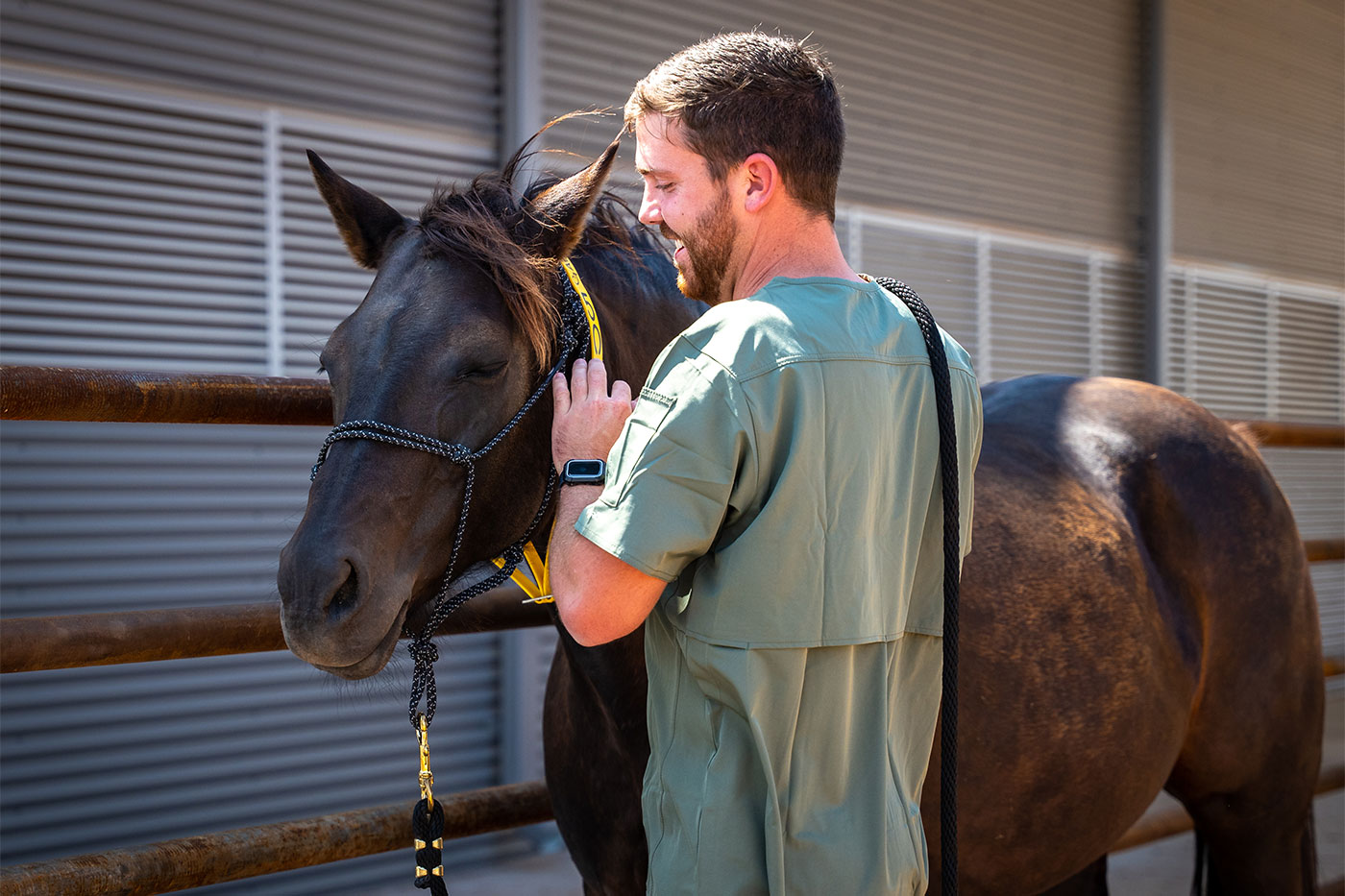
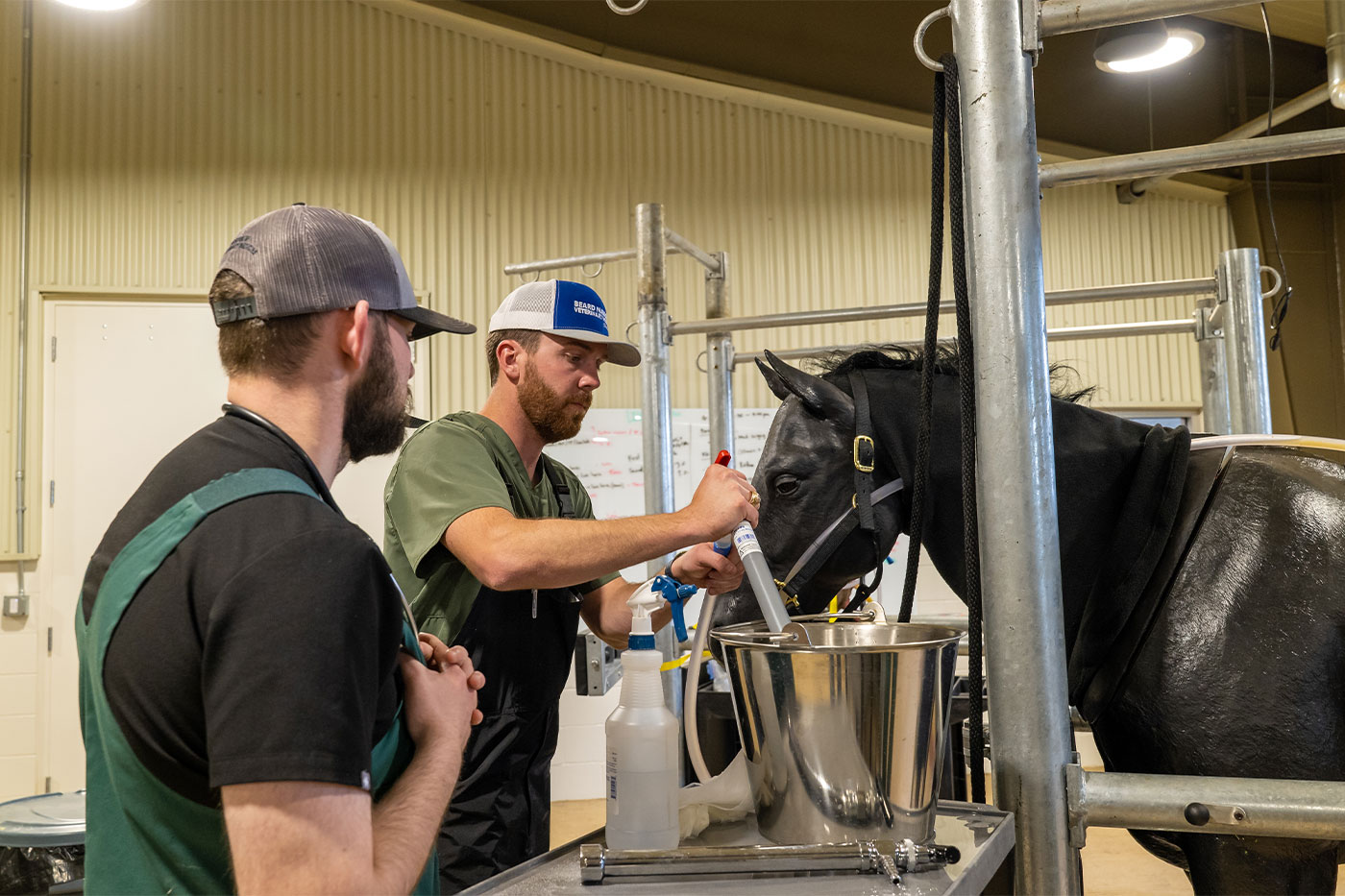
Mixed Animal
Dylan Bostick will become an associate veterinarian at Beard Navasota Veterinary Hospital in Navasota, Texas, practicing mixed animal medicine. Half of his patients will be dogs and cats, while the other half will consist of cattle, sheep, goats and pigs.
“The rural and regional communities on the north side of Houston are lacking in veterinarians who will work on food animal species,” he said. “At Beard Navasota, we travel regularly to farm calls over one to one-and-a-half hours away to provide veterinary care to livestock species because they do not have a veterinarian nearby that works on those types of animals. I want to help continue that support in those communities.”
During his clinical year at Beard Navasota, Bostick discovered his favorite thing to do was drive around to ranches and perform herd health work. He formed connections within his community as well as helped cattle ranchers become more efficient and strategic.
“Working on cattle, whether that’s in a feedlot, at a backgrounding operation or on a cow-calf operation, isn’t the most glorious job around,” he joked. “It is, however, a very fulfilling job that gives you the opportunity to be a part of an industry in which you’ll make connections and friendships that last for a lifetime.”
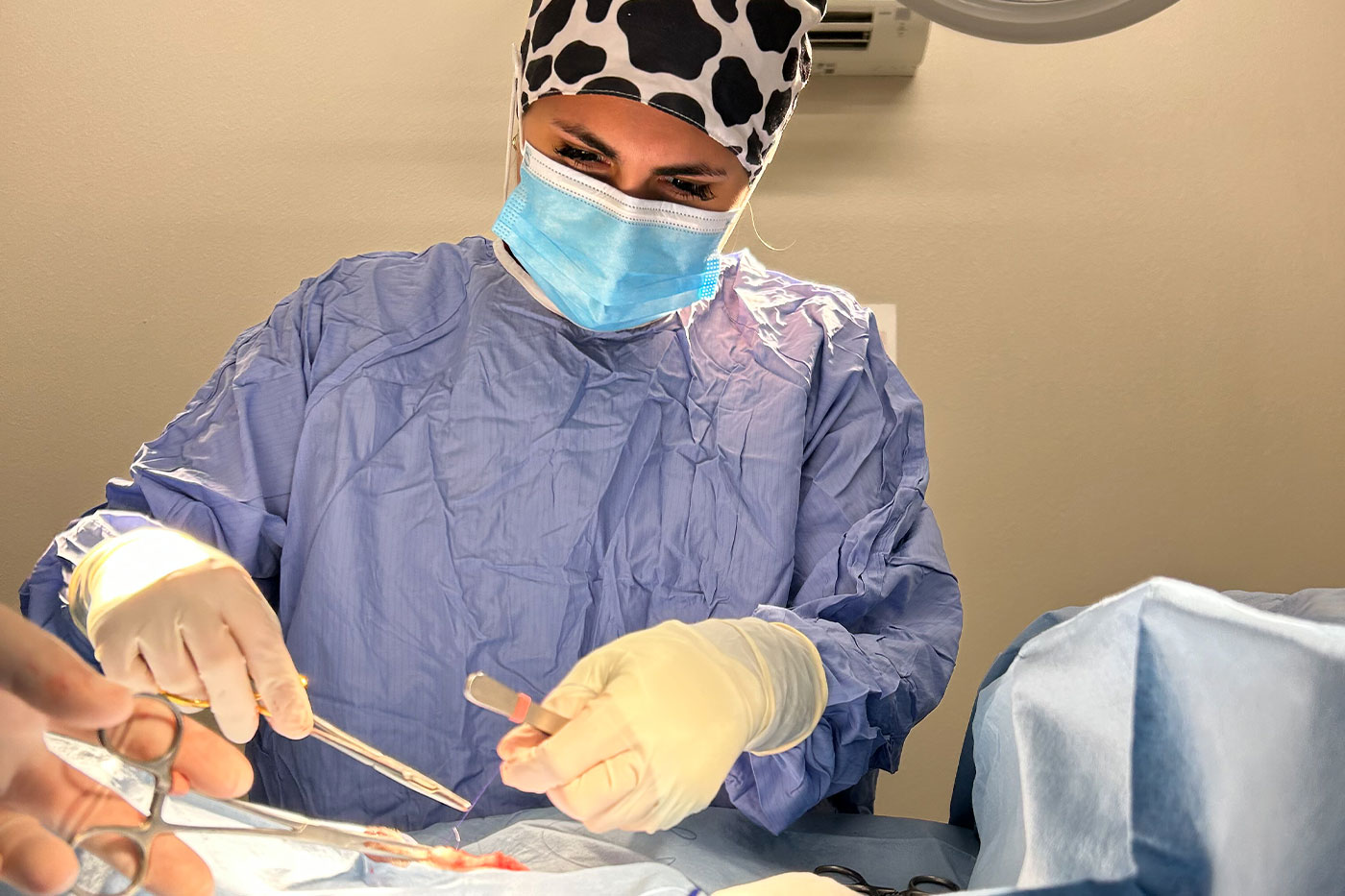
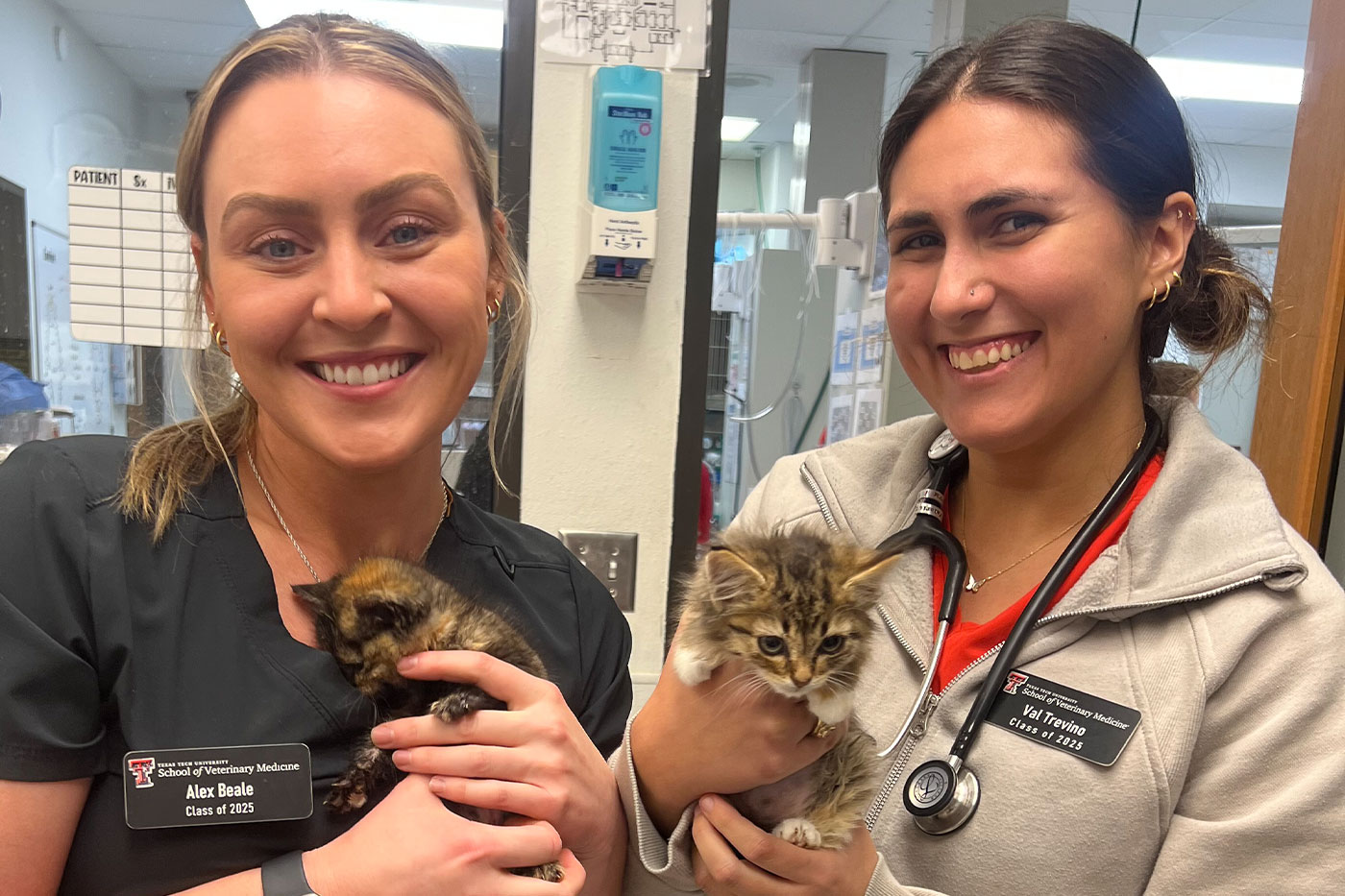
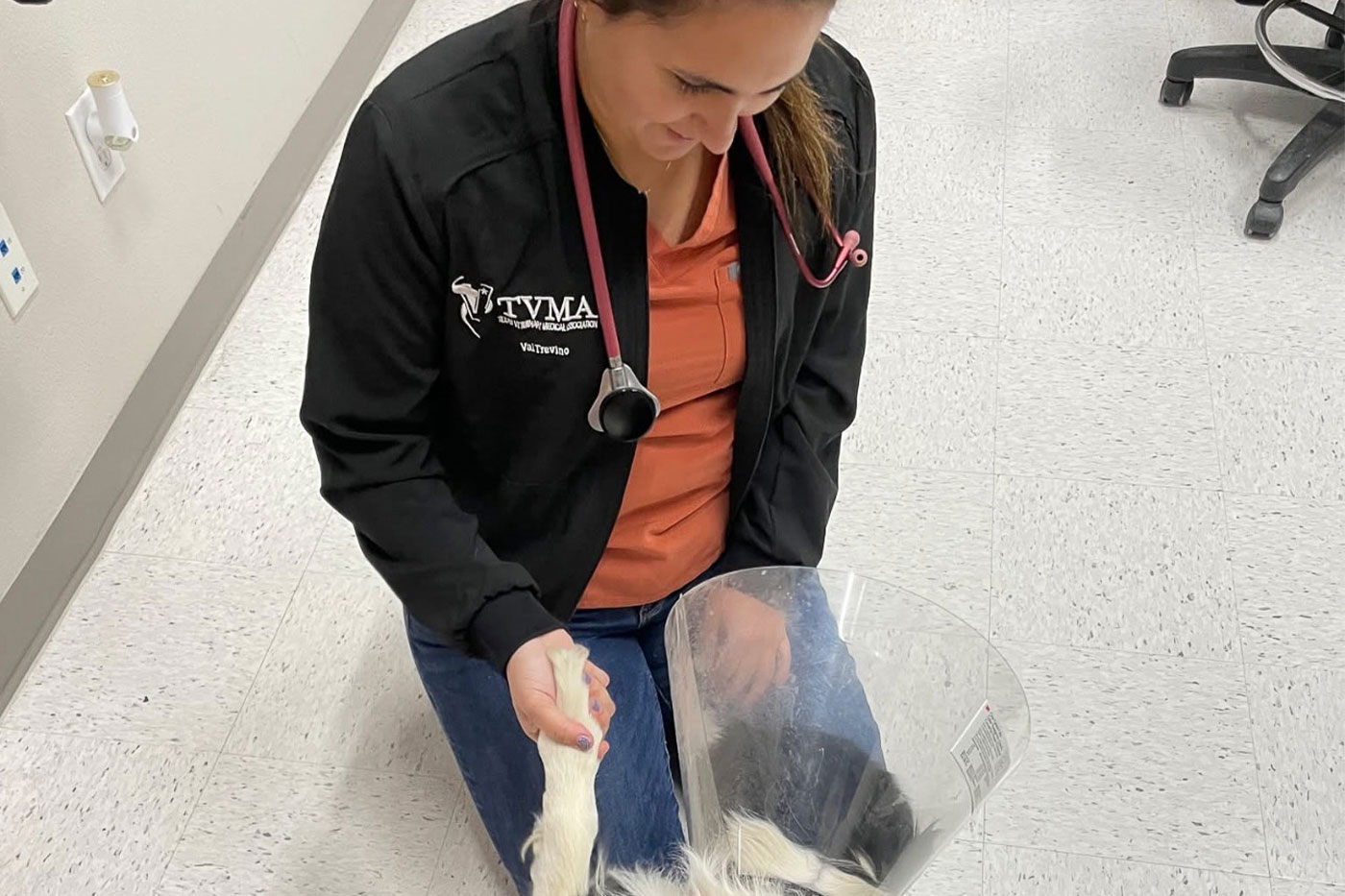
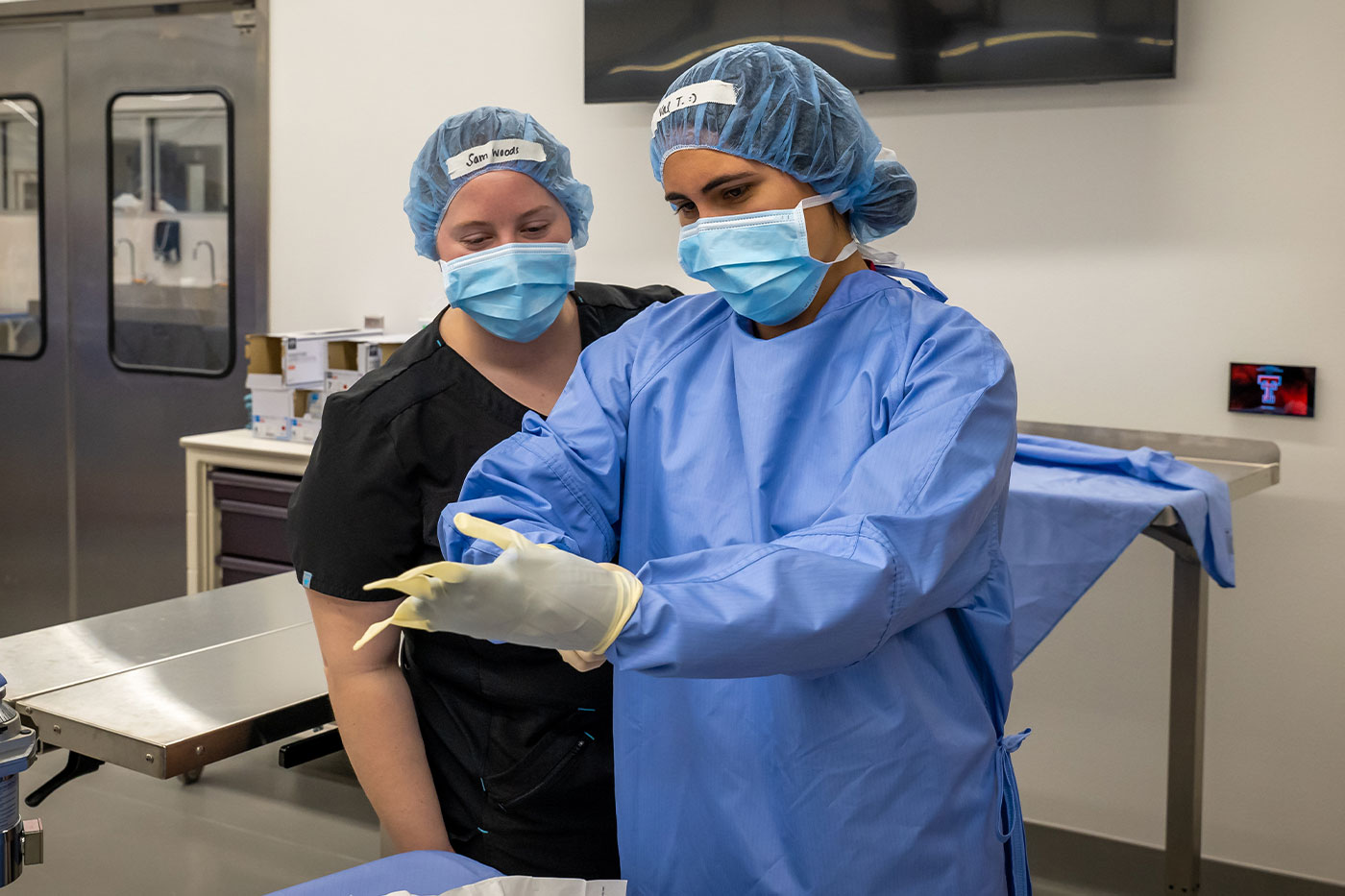
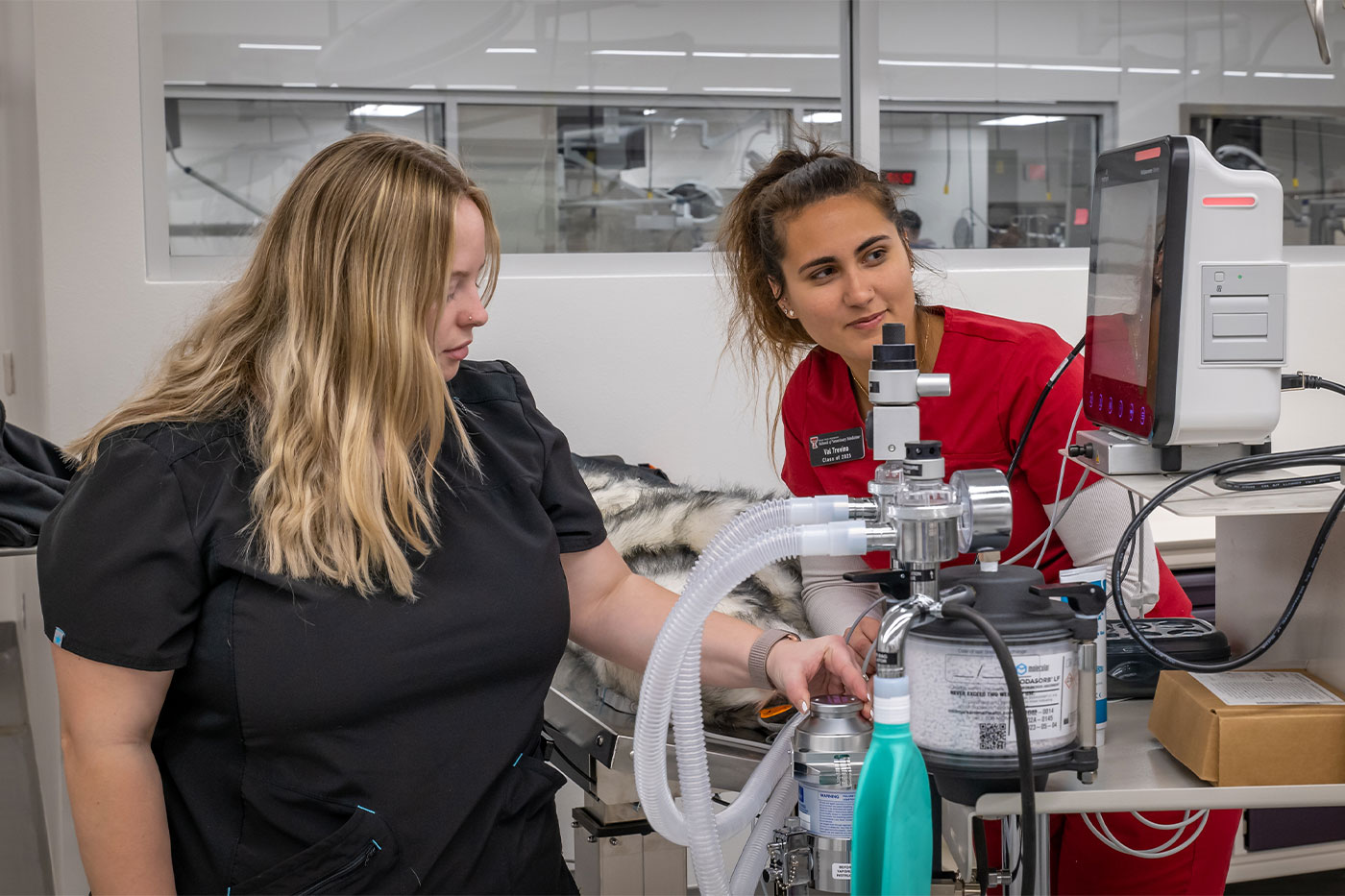
Small Animal
Achieving a dream she has had since childhood, Val Trevino accepted a position at Borgfeld Animal Hospital, a small animal practice on the outskirts of San Antonio. Her clinical year provided many experiences that helped shape the care she will provide to companion animals and even exotics.
“In Gonzales, Texas, I was able to help with the feral cat population by spaying and neutering those cats and releasing them back into the communities where they were from,” she said. “So that was a really great experience.”
During her time in Gonzales, Trevino got involved in the community through attending Lions Club meetings and other events. This allowed her a firsthand glimpse at the influence she hopes to have after graduation.
“Anywhere I would go with the veterinarians, someone would come up and tell a story about an animal they had helped them with and just how much of an integral part they played in the community – not just in a veterinary setting, but in many different aspects,” she said. “So, that’s definitely something that I want to be a part of one day.”
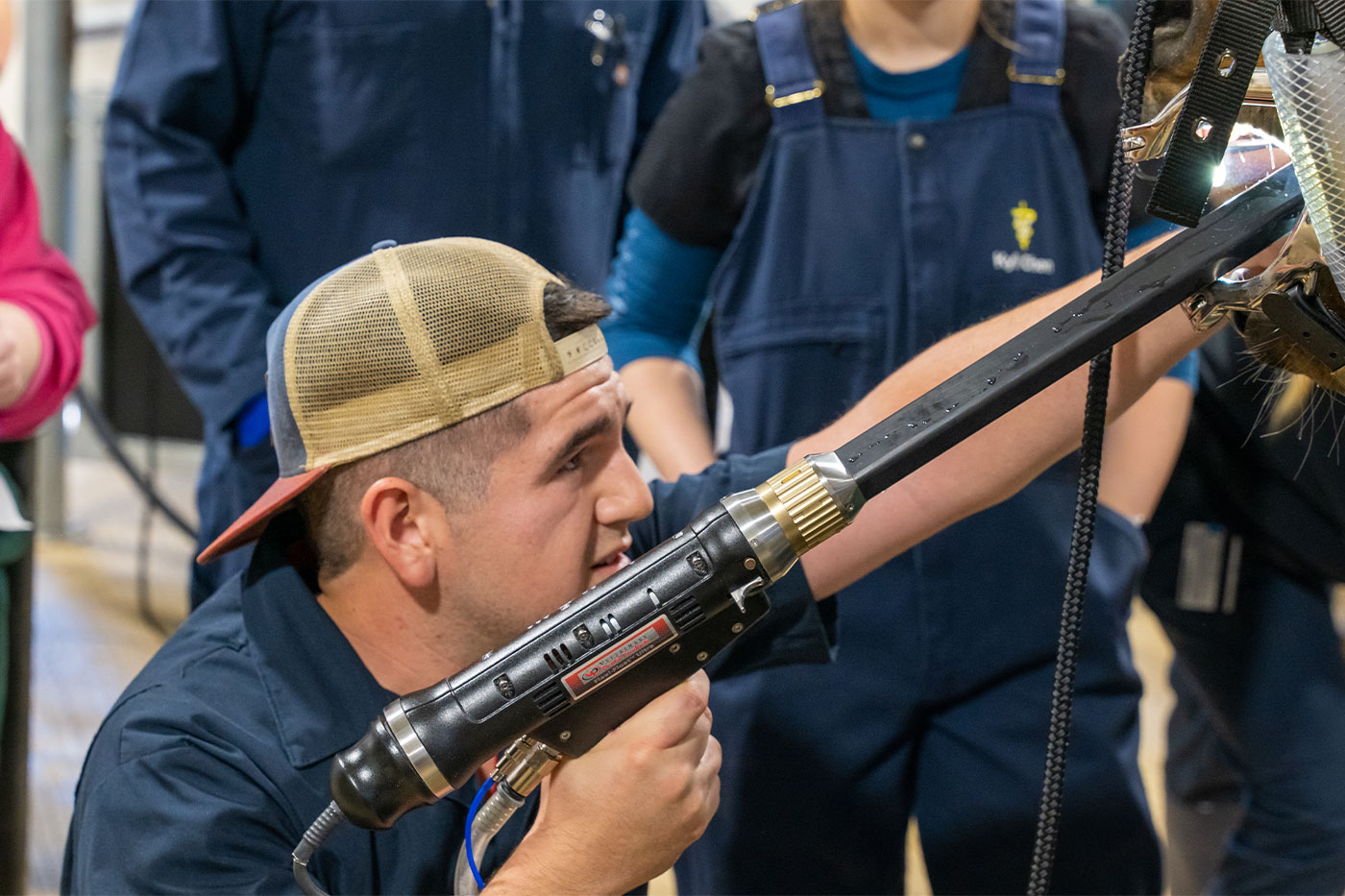
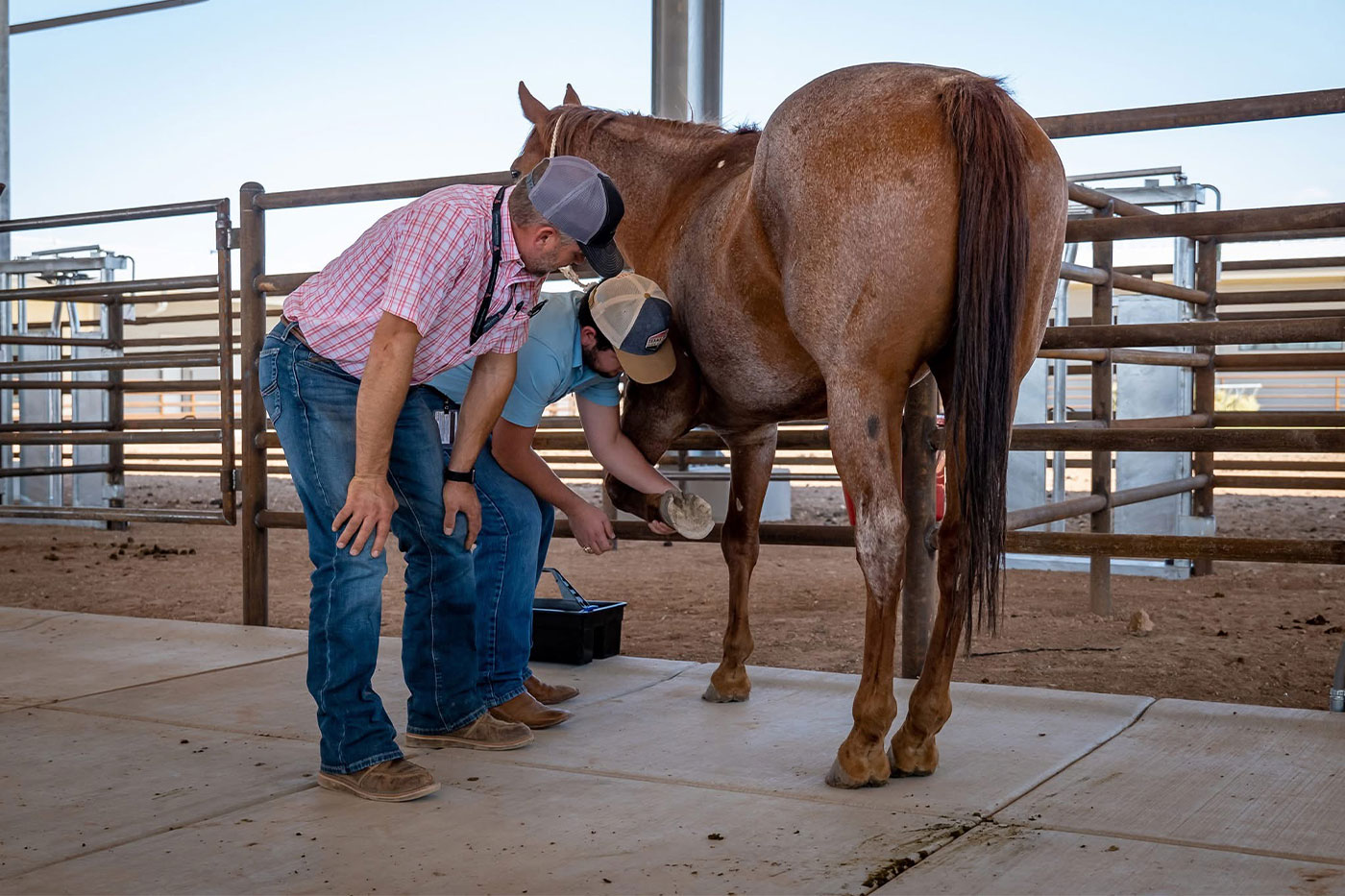

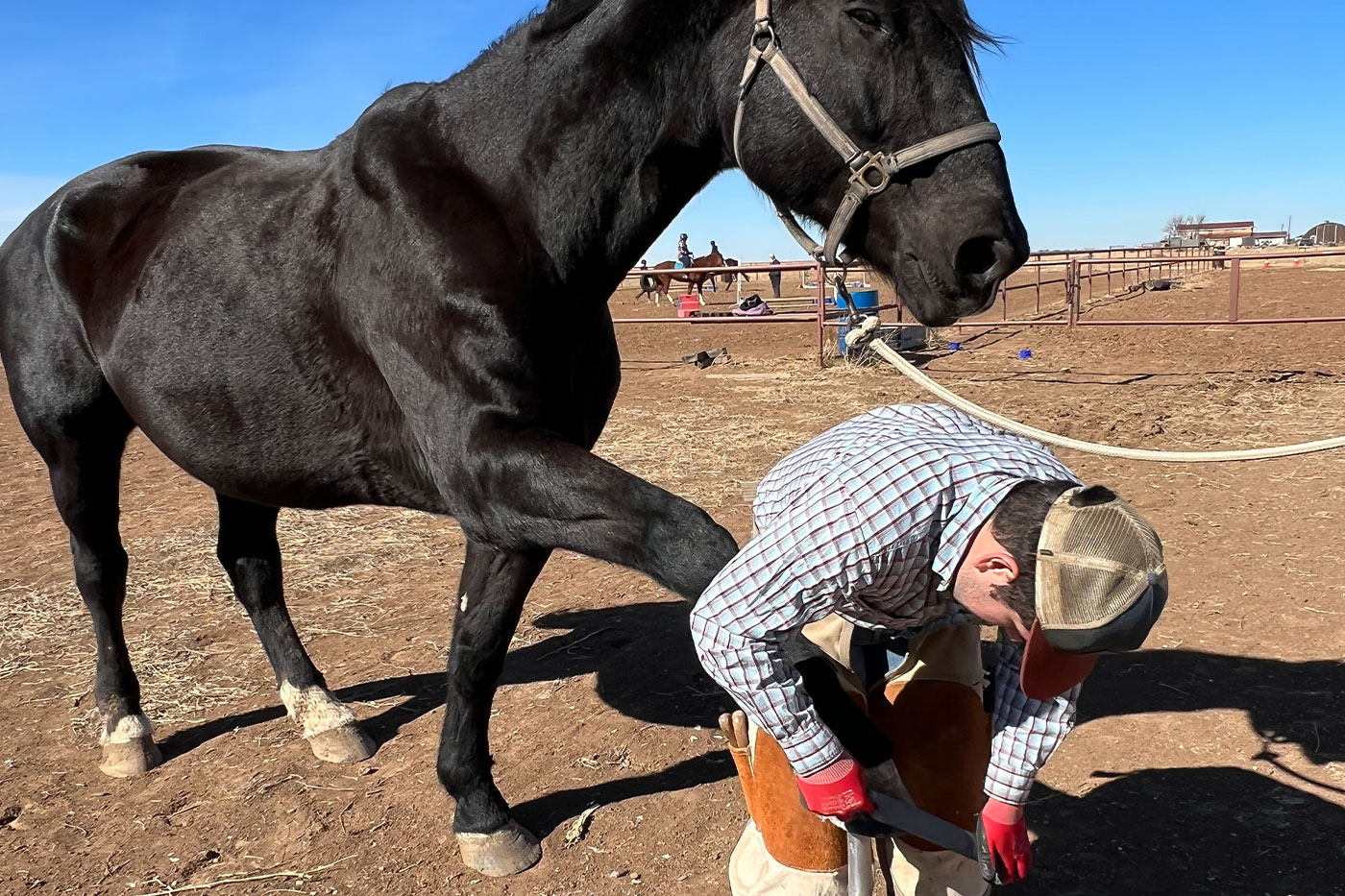
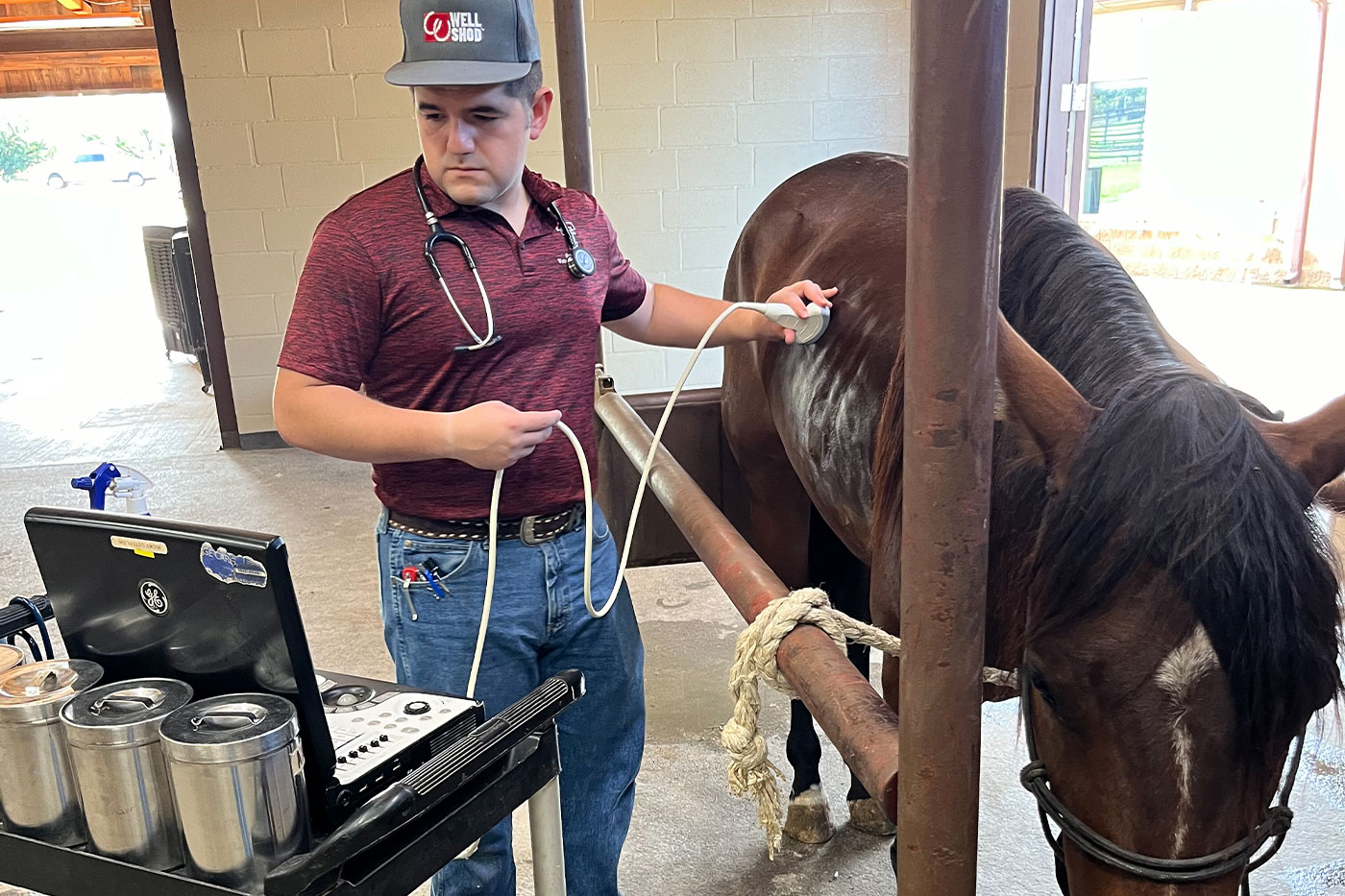
Equine
Patrick Guerrero will further his knowledge and skills in equine medicine through a one-year rotating equine internship at Signature Equine in Stephenville, Texas. After that, he aims to take this expertise back to his hometown of Canutillo, Texas to open up a mobile practice.
“While in veterinary school, I gained a passion for equine medicine and specifically sports medicine/lameness,” he explained. “I strengthened my skills in this by becoming a farrier and proving my services to the Amarillo area and also by going on numerous veterinary externships on my free time during the summers between semesters.”
While growing up, Guerrero remembers the closest large animal veterinarians were nearly 40 minutes away in Las Cruces, New Mexico. He was involved in a commercial steer program as part of Future Farmers of America (FFA) and said it was difficult to schedule appointments for large animals and there was no designated haul-in area to drop off cattle or horses.
“When I figured that out, I was like, ‘That’s an area that my community needs help in, so if I can go to veterinary school, I can take what I’ve learned and return to my community and start giving back to the people there,’” he recalled. “That became my No. 1 goal, and now I’m one step closer to accomplishing it.”
Historic Inaugural Graduation
Click here to learn more about the 61 students who will earn the first Doctor of Veterinary Medicine degrees from Texas Tech. One-third of them are first-generation students.
They will make history as the first graduates from the second veterinary school in Texas, with the first being founded more than a century before, and one of just 35 veterinary medical programs in the U.S.
The inaugural graduation will take place 11:30 Sunday (May 18) at the Amarillo Civic Center Auditorium. Family and friends will be in attendance and listen to speakers who include School of Veterinary Medicine Dean Guy Loneragan, Texas Tech President Lawrence Schovanec, Texas Tech University System Chancellor Tedd L. Mitchell, Texas Tech University System Chancellor Emeritus Robert Duncan and Texas Gov. Greg Abbott. Other state representatives are also scheduled to attend.
“We’re all looking forward to the inaugural graduation,” Conklin said. “It’ll be the culmination of finally doing everything once – and then we get to try it for a second time.”

